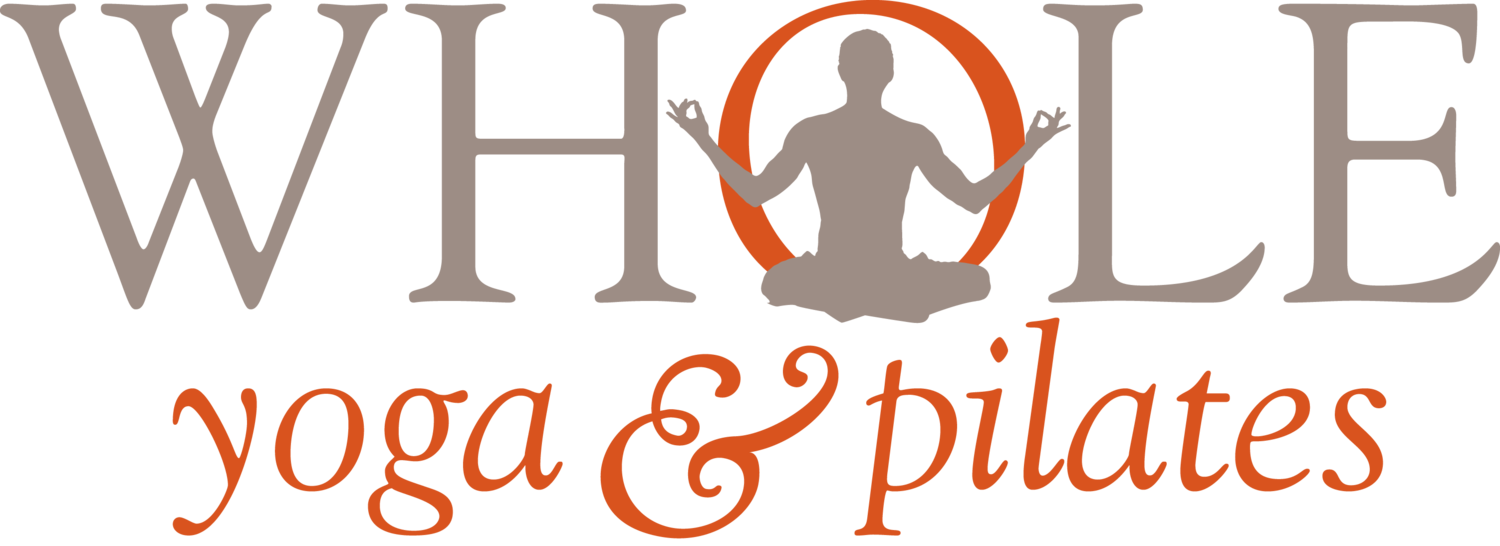About Yoga
When we think of “yoga” in the West, we’re usually considering only a small part of yogic science—the physical practice, part of hatha (“ha-tah”) yoga. The yoga asanas (roughly, “poses” or “comfortable seat”) are just one branch of the eight-limbed path (ashtanga) of yoga. The practice of asanas was originally intended to strengthen and focus the body to prepare it for deep meditation, essentially in search of enlightenment. The other physically oriented limb of yoga, pranayama (“breathing practices”), is the other area with which yoga classes in the US are primarily concerned.
“Yoga is strong medicine but it is slow medicine. Don’t expect overnight cures with yoga (though for many people it does start to yield benefits right away). One major difference between yoga and many other approaches to healing is that yoga builds on itself, becoming more effective over time. This is not true of most drugs or surgery, which often gradually diminish in effectiveness. In this sense yoga is something like learning to play a musical instrument: the longer you stick with it and the more you practice, the better you get and the more you will get out of it.”
—Timothy McCall, MD, C-IAYT, Yoga as Medicine
About Pilates
Like yoga, pilates (“puh-la-teez”) links breathing with movement and strengthens the body’s core—the large group of muscles that includes the abs, glutes, lower back, and hips—without adding bulk. Pilates emphasizes these spine-supporting muscles, helping to promote proper alignment and good posture. The precision of the exercises brings poise and lightness to your movements both in and outside of class. (Many dancers swear by it.) In pilates, one perfect movement is considered preferable to 20 sloppy ones.
First developed by Joseph Pilates largely to aid in rehabilitation for World War I soldiers, this simple but elegant system of exercise is known for producing long, lean muscles. With regular practice, the pilates exercises flow together and improve endurance while continuing to build on the strength increases that begin right away. In addition to being a powerful system of exercise on its own, pilates is a great complement to a yoga practice. And vice versa—if you’re already a pilates fan, give yoga a try! With a regular yoga practice, you’ll find a new depth and ease in many pilates postures.
Whole Yoga & Pilates offers classical mat pilates classes that are appropriate for students of all levels.
Learn about the types of classes we offer, and review the full schedule.


